Yoga is good for improving pectus excavatum because it:
- Stretches out the tight muscles
- Improves posture
- Strengthens the entire body
- Improves breathing
- Reduces anxiety and depression
- It helps you make the dent in your chest less obvious.
- It also enhances your attention span, which would help you consistently follow the non-surgical treatment program. If you’re stressed out because of the anxiety caused by your sunken chest, yoga can help with your mental health.
GREAT FOR Men AND Women

It is ideal for both males and females. I remarkably advocate for all people who suffer from pectus excavatum to do yoga at least three times a week.
Don’t be surprised why this ancient self-discipline has become popular among modern celebrities and athletes.
TWO WAYS TO LOOK AT YOGA
Yoga can be interpreted in two different ways. It can be just a simple set of exercises and stretches or an entire way of life. People who practice yoga daily are called yogis. They are using discipline to reach a higher level of consciousness.
They follow specific practices, such as being respectful to others, always having a positive mind, and being self-controlled, attentive, and devoted. While you’re practicing yoga, you’re parallelly doing meditation.
HOW YOGA HELPED ME WITH MY PECTUS EXCAVATUM DEFORMITY
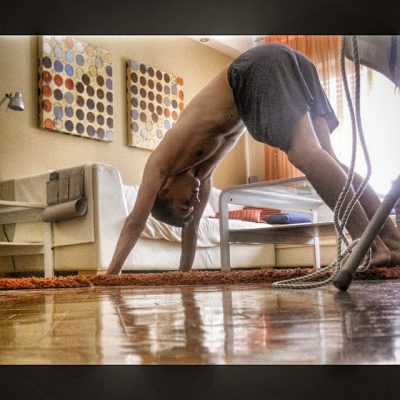
I always have liked the thought of doing yoga because you can do it in the comfort of your house. All I needed was a simple exercise mat.
When I first started yoga, I was following the yoga workouts of Sean Vigue. That was the first result I received when I typed “yoga for men” on YouTube.
I liked his beginner workouts because I could follow them without special preparation. In my opinion, he is one of the few instructors that get straight to the point.
Speaking of now, I am a massive fan of the “Yoga with Tim” YouTube channel. I like his 30-day yoga challenge workouts that keep you disciplined and motivated. I love doing these workouts outdoors.
One of the objectives of this article is to give you motivation and positive energy so that there is nothing wrong with your body's appearance.
Embrace your uniqueness and start practicing yoga to help you improve your deformity non-surgically. It will help you get rid of depression and bad vibrations.
You can’t go wrong with yoga. It will keep you mentally and psychologically fit.
IMPORTANCE OF YOGA FOR PEOPLE WITH SUNKEN CHEST
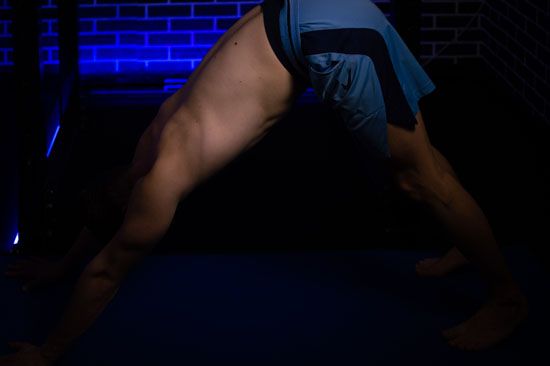
Physical control is essential in yoga. Yogis train themselves to take full, deep abdominal breaths and think of breathing as a life force.
Doing yoga is a vital component of the non-surgical physical treatment of congenital pectus excavatum. Combining yoga with other non-surgical therapy methods yields terrific results.
Yoga for pectus excavatum stretches the tight muscles in the front of the body, which usually restricts your natural breathing pattern. With the help of yoga, you will learn how to breathe deeply.
HELPS WITH STRESS
I always tell pectus excavatum patients to have a yogi’s perspective on life. Being stressed out makes you breathe shallowly.
You can’t experience life to the fullest if you’re always worried about what people think about your body's appearance.
To live a long and fulfilled life, the first thing you need to do is accept yourself and your deformity.
You’ll need at least a year to repair the deformity with yoga and other physical correction methods. Make sure you trust the process and take deep breaths.
Doing yoga will change your entire philosophy of life. The muscle stretching and strengthening element in yoga is just a by-product.
YOGA HELPS YOU STRETCH THE FUNNEL CHEST MUSCLES
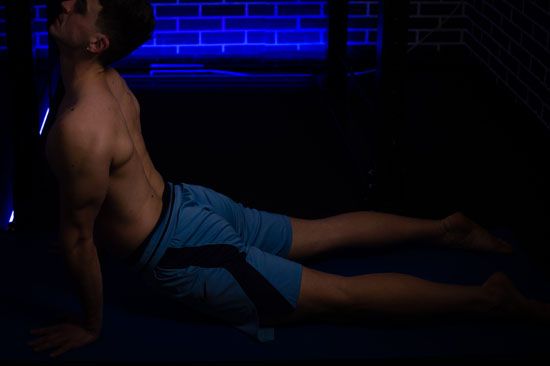
Unlike workouts that focus only on power, yoga helps the body get very flexible. Some yoga exercises (called asanas) look strange, and you may think you need to be a human pretzel to do them.
Not so. Everything you need to do is relax. In yoga, you need to ease into the stretches without pushing yourself. Allow breathing to help you reach the desired stretching position.
The saying “No pain-no gain” does not apply in yoga. Start by stretching as much as your body allows you to without feeling pain in the muscles. With time, you’ll be able to get into deeper stretches.
Poses like the Child’s Pose allow you to discover a new world of range of motion in your shoulders. You do this pose by stretching your arms above your head.
It will stretch and lengthen your thoracic spine, which has probably been slouched over for years.
CAN IMPROVE PECTUS POSTURE AND SCOLIOSIS
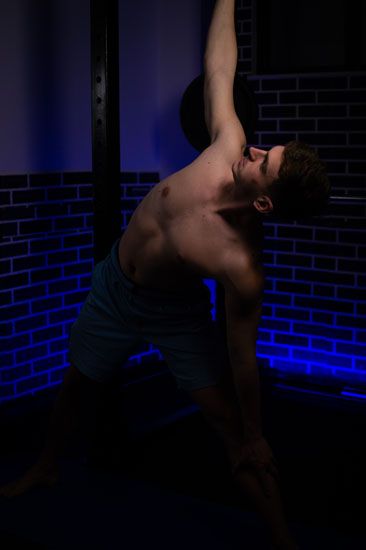
Pectus excavatum is known to cause poor posture and scoliosis. My favorite correcting pose is the Downward Facing Dog. It opens the anterior chest wall, which is often rounded because of the deformity.
The Cobra Pose stretches the entire frontal musculature, making you breathe shallowly. You’ll feel tremendous relief after you do this exercise. Both poses help you in dealing with flared ribs.
These poses will do wonders for you if you suffer from chest and back pain caused by the deformity. For example, a 30-minute total body yoga session will loosen up every tight muscle. After a couple of sessions, you’ll notice how you’ll walk more upright and confidently.
Suppose you allow the postural muscles to get tighter. In that case, your posture will suffer, causing you to worsen the severity of the pectus excavatum deformity. If you’re an office worker, yoga alone will improve your overall chest wall appearance.
After a couple of yoga sessions, you’ll feel the power of breathing. The shortness of breath you feel won’t be so prominent. That will increase your workout capacity because you can inhale more oxygen in your lungs.
YOGA REQUIRES BALANCE AND CONCENTRATION
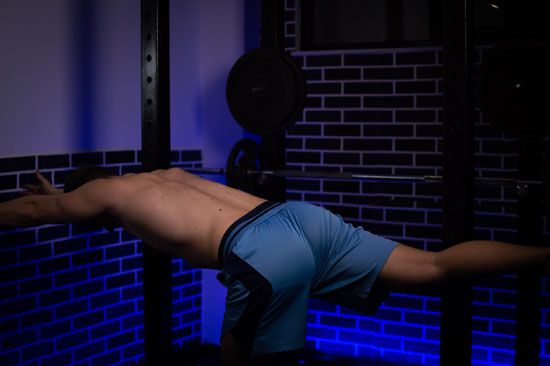
All yoga poses require balance. For example, you’ll have difficulty balancing on one foot if you’re not focused on the present.
Yoga demands concentration. Learn to concentrate on yoga and focus better on other sports and everyday life.
Yoga is replicating nature. Many yoga poses can be traced to the shapes of creatures, such as the cobra, cat, dog, tortoise, crab, and eagle.
All yoga exercises promote strength and calmness. Each pose focuses on different muscles.
You can choose individual workouts to relieve pain, such as back pain from wearing a backpack or leg pain from jogging. Yoga can also help you control anxiety or fear caused by the deformity.
Any good book on yoga will describe various asanas and tell you how each one works. There is a high chance that you’ve already done some of the above-mentioned yoga poses.
Have you ever done the handstand or the cartwheel? If you did those movements, you’re probably familiar with yoga. Many physical workout programs borrow exercises from yoga. It shouldn’t be strange that I highly recommend it.
YOGA GETS YOU RID OF DEPRESSION

Patients who practice pectus excavatum yoga are taught about the abundance of Prana (vital air or energy).
It can be discovered in the ocean, lakes, large open fields, and mountains. Although the air is different, the same positive energy can be found where people gather for a positive experience.
A great example is when people are brought together for meditation or prayer. You can feel the positive energy in your home, at a church, mosque, temple, shrine, ashram, seminar, martial arts hall, etc. This is the time people bond in a mass for everyday wellness.
We can use the energy to help humanity and our little planet. You can project the positive energy outward through acts of kindness in every moment. This isn’t the same as being naïve.
You can be kind to every person who comes into your life without being stepped on like a doormat. Being kind will make you have an impact on the limited number of individuals you see in a day.
We are alive on planet Earth for a limited amount of time. Why don’t we get in touch with positivity and help everyone who has a bad time?
10 IDEAS TO CULTIVATE POSITIVE ENERGY
- Make it a habit to wake up every morning with excitement. Be grateful that you have another day to live on this beautiful planet. Many people don’t have this opportunity and would’ve done everything to live another day.
- Don’t get mad about your pectus excavatum condition. There is nothing to be worried about unless it causes heart or lung functioning problems. You can fix it without surgery.
- Always say hi to every person you get in touch with. This goes for the security guard, janitor, maid, garage attendant, cashier, and anybody you may overlook during your day.
- Stop being critical of your family, co-workers, friends, and colleagues. That transfers negative energy that doesn’t bring anything positive.
- Before giving out any advice, always be diplomatic first. Learn to think before you speak. Yoga teaches you about discipline, concentration, and being present at the moment.
- Let your family know that you love them every day. Family is an essential part of life. Family members will always be your number one fans. They will be with you no matter what you go through.
- Become genuine and treat everyone with respect. Give out respect if you want to be respected.
- Take time to give out to other individuals. This doesn’t have to be material things. You can also “donate” sincere compliments. Send out appreciation cards, letters, or flowers.
- Become a dependable partner in your household with friends, co-workers, and associates.
- Set a goal about your pectus excavatum deformity: you won’t cultivate any negative energy about it. Embrace the uniqueness of your body. Set a goal to continuously follow the non-surgical pectus excavatum program no matter how you feel. Once you get into the process, you will instantly develop fantastic self-confidence.
IMPORTANCE OF YOGA GOALS
It is a healthy practice to set goals at any age. Your positive energy will attract individuals charged with positivity and a winning attitude.
Set a goal to perform at least 30-minute yoga sessions weekly. This may be a significant change for you.
If it is, you will feel unmotivated on certain days. That’s why it is crucial to stick to your goals. If you don’t set the goal of doing yoga three times a week, it will be straightforward for you to skip workouts the following week.
You won’t feel any guilt. That is why some people who try to fix the deformity non-surgically fail to notice any improvement. I share an associated Zulu saying: “Patience is an egg that hatches great birds.”
Each one of us has a choice. When you fall, you must pick yourself up. You can’t blame life’s hurdles or obstacles. It would be best if you found answers to get over, around, under, or through these problems.
Focus on your past achievements and learn to be happy with yourself. Everyone has failed, but we must constructively learn from our experiences.
Your approach to life’s daily obstacles is the gateway to success or failure. Therefore, success is a matter of decision. For example, you’ll overcome these obstacles by setting a goal to do yoga at least three times a week.
WHY PEOPLE DON’T DO PECTUS EXCAVATUM YOGA
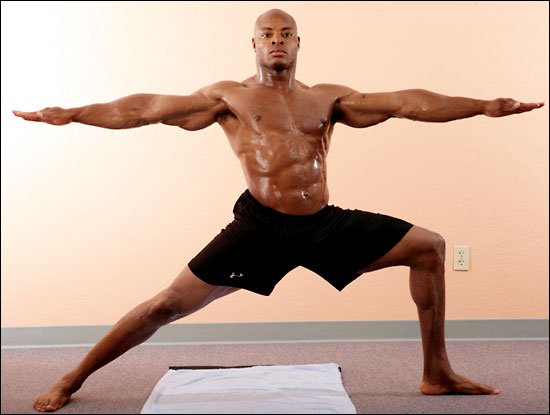
People think doing yoga to improve pectus excavatum is passive and mystical – a paranormal activity that doesn’t relate to their lives. They think of it as something spiritual that doesn’t mix well with their culture.
You don’t have to be Hindu to do yoga. Look at yoga as an exercise routine like Pilates. There isn’t anything mystical about yoga. If you do dynamic yoga workouts, you will burn many calories and sweat a ton.
It is hugely versatile. You can perform slower pace workouts that will focus more on your breathing. For yoga to be optimal for repairing the indented chest condition, look for dynamic yoga workouts that blast your musculature.
I recommend you get the instructional yoga mat to guide you through the exercise session. The Indian discipline of yoga has been practiced for more than 5,000 years. Americans weren’t familiar with the benefits of yoga until recently.
Close to a quarter of the American adult population goes running or jogging. However, only 2 percent of the American population performs yoga.
The benefits of yoga are fascinating. You don’t even need to suffer from pectus excavatum to do it.
BENEFITS OF YOGA FOR THE CONCAVE CHEST DEFORMITY
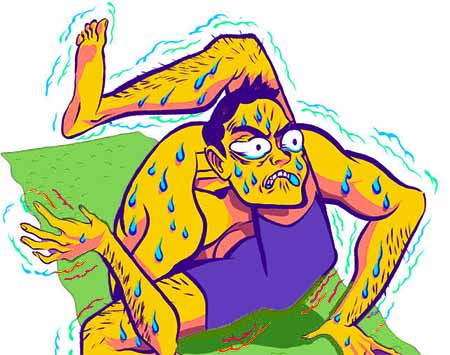
Do you pull yourself out of bed on Monday mornings, tired before starting the week? Maybe you can’t enjoy your nighttime because work at the office takes away every ounce of your energy.
Don’t be concerned; you can supercharge your energy levels and balance your body with a new form of yoga designed to treat the pectus excavatum deformity.
It is straightforward, and you’ll feel the benefits almost instantaneously. Known for its relaxation benefits, yoga can boost your energy levels in just 10 minutes.
It includes some of the most basic yoga postures. You can try each of the poses individually. Even better, you can try them as a whole workout.
It would be best if you rushed none of the poses. The deep stretches and elegant movements will unblock energy, improve muscle tone, and increase your general stamina.
Enthusiasts say that you will experience enhanced energy levels, greater sexual vitality, and better self-discipline.
In the long-term, the breathing and yoga exercises will help detoxify your mind from tension and strain, creating a calm and a feeling of inner peace.
The book I will share below is the same book that helped me better understand yoga. It helped me both physically and mentally.
BEST BOOK FOR YOGA: POWER YOGA FOR ATHLETES
Sean Vigue is the author of the amazing book Power Yoga for Athletes. I mentioned him above. He is one of my favorite yoga instructors online.
This book describes more than 100 yoga poses and flows that will help you improve your pectus excavatum condition. It’ll improve your balance, coordination, focus, breathing, and posture and strengthen your muscles.
10 Sources
- 7 Ways To Increase Your Attention Span (Because We’re Apparently Down To 8
Seconds) | Thought Catalog [Internet]. [cited 2022 Dec 3]. Available from:
https://thoughtcatalog.com/kovie-biakolo/2016/01/x-ways-to-increase-your-attention-span/ - Yogi - Wikipedia [Internet]. [cited 2022 Dec 3]. Available from: https://en.wikipedia.org/wiki/Yogi
- Breathing to reduce stress - Better Health Channel [Internet]. [cited 2022 Dec
3]. Available from: https://www.betterhealth.vic.gov.au/health/healthyliving/breathing-to-reduce-stress - Cobra Pose (Bhujangasana) [Internet]. [cited 2022 Dec 3]. Available from:
https://www.yogajournal.com/poses/types/cobra-pose-2/ - yoga poses are inspired by Nature and animals [Internet]. [cited 2022 Dec 3].
Available from: https://changestarted.com/yoga-poses-inspired-from-natureand-animals/ - Prana. In: Wikipedia [Internet]. 2022 [cited 2022 Dec 3]. Available from:
https://en.wikipedia.org/w/index.php?title=Prana&oldid=1110826551 - Debutify. Positive Energy [Internet]. Peaceful Energy. [cited 2022 Dec 3]. Available from: https://peaceful.energy/blogs/news/positive-energy-1
- cycles T text provides general information S assumes no liability for the information given being complete or correct D to varying update, Text SCDM up to
DDTR in the. Topic: Running & Jogging [Internet]. Statista. [cited 2022 Dec 3].
Available from: https://www.statista.com/topics/1743/running-and-jogging/ - 31 Amazing Yoga Statistics: Find Out Why It’s So Popular [Internet]. 2022 [cited
2022 Dec 3]. Available from: https://disturbmenot.co/yoga-statistics/ - Power Yoga for Athletes [Internet]. [cited 2022 Dec 3]. Available from:
https://www.seanviguefitness.com/books/power-yoga-for-athletes/


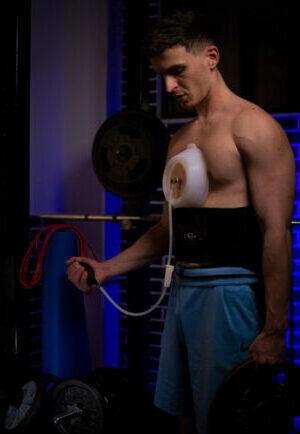


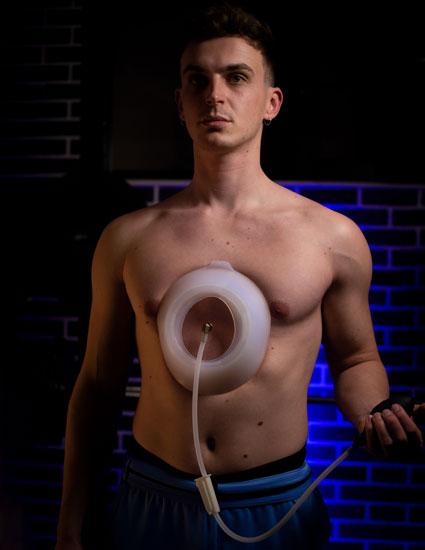

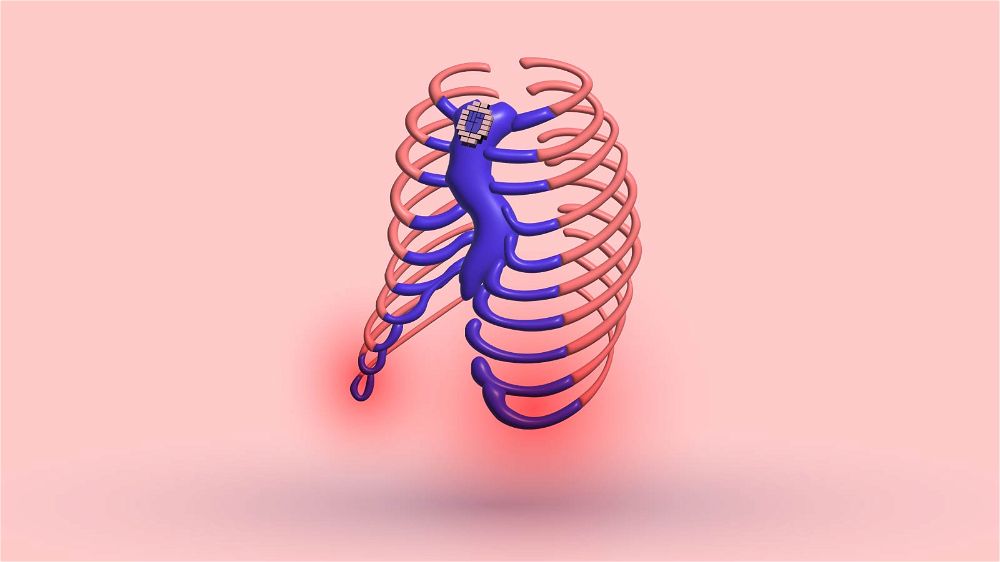
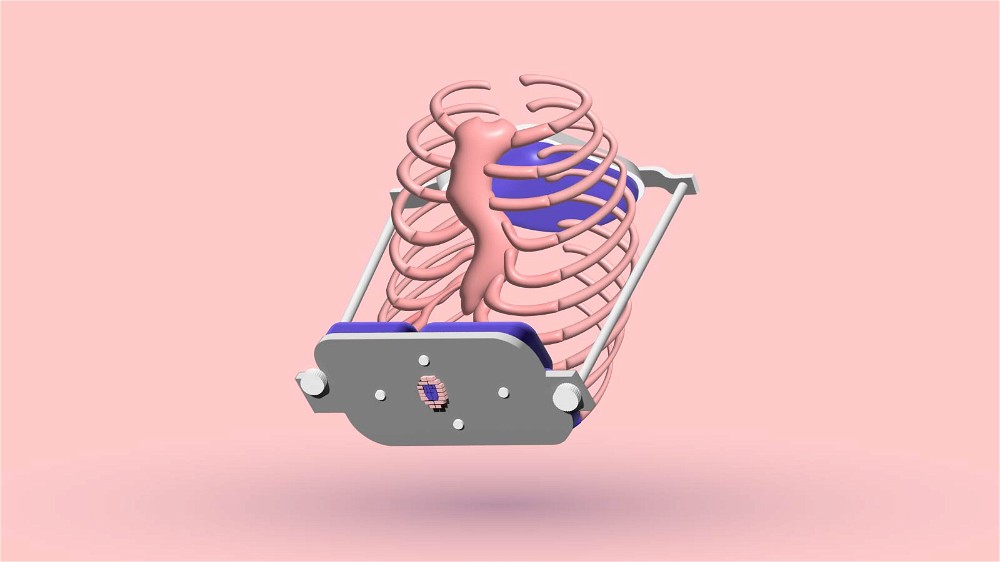
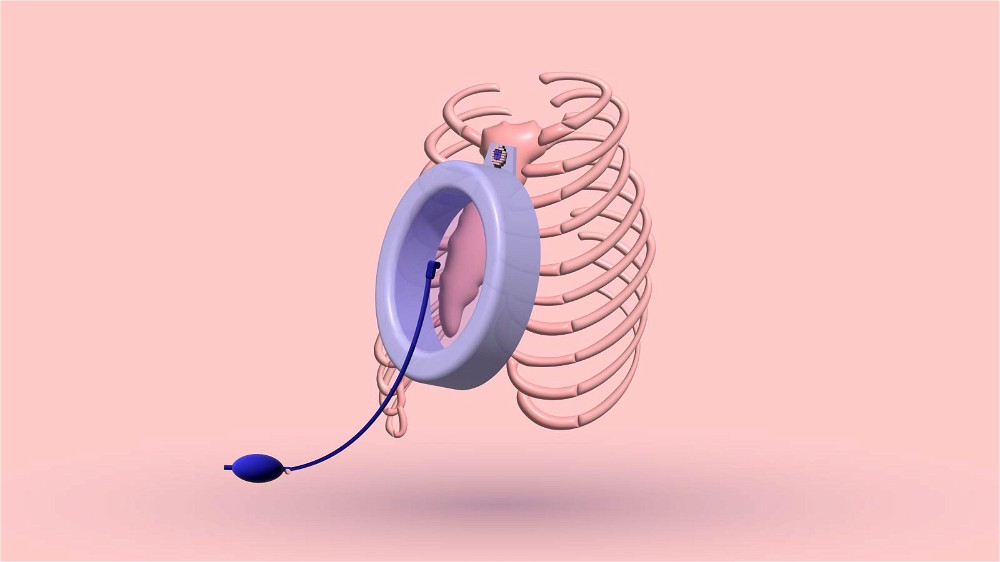
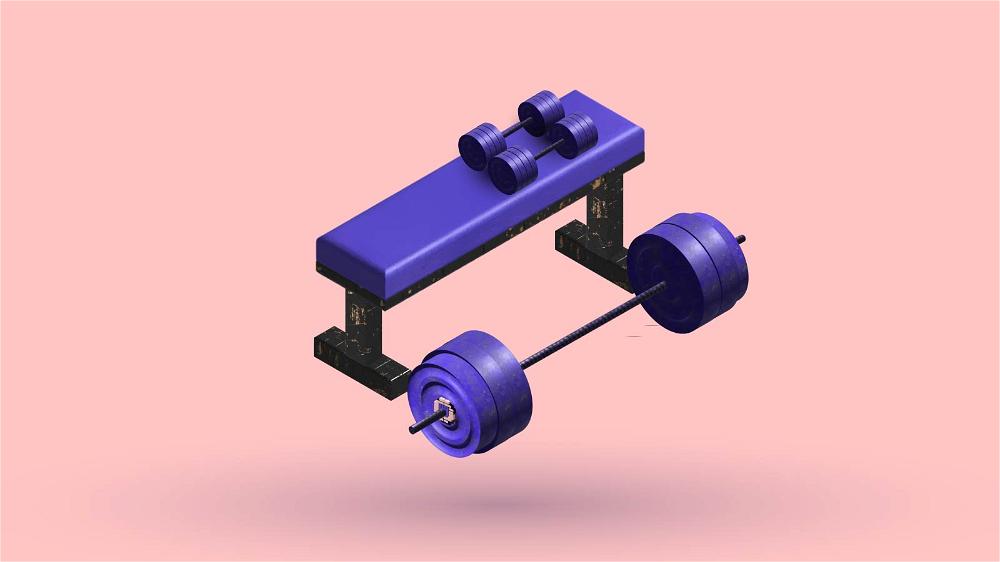
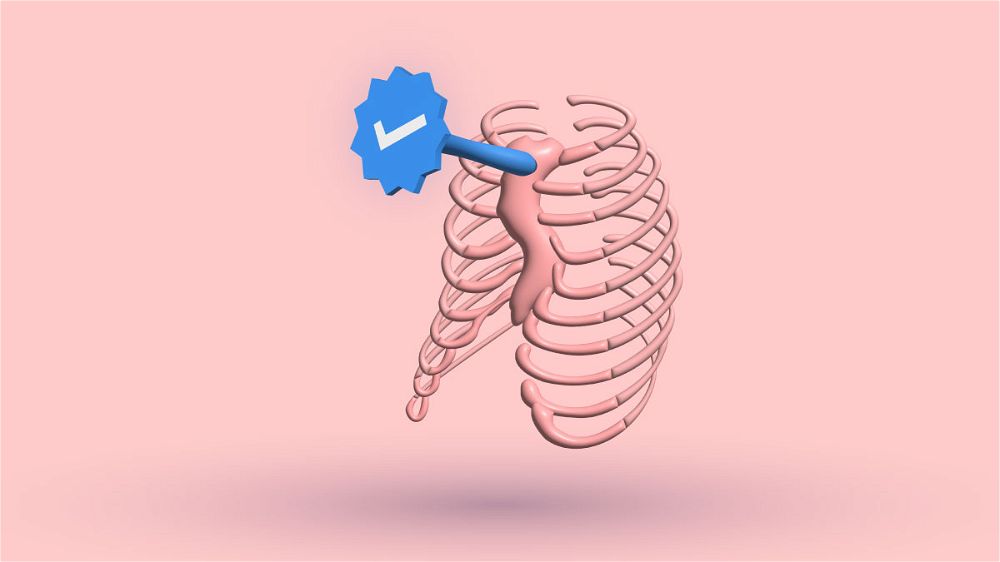
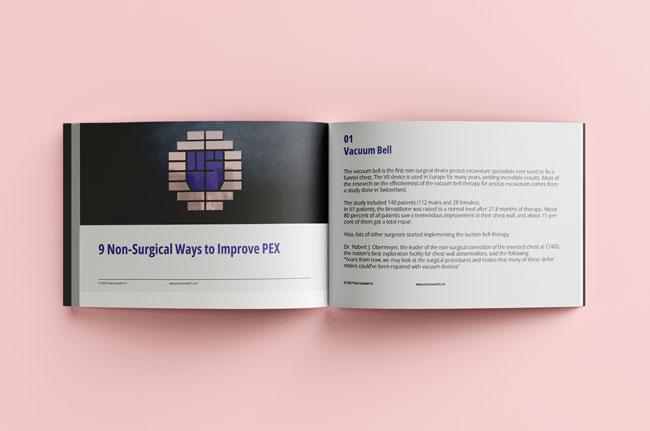


This book you recommend here doesn’t appear to have that specifically for Pectus repair. Is all yoga just inherently effective for Fixing the Pectus excavatum problem? Also with the braces. Have you personally used either of the ones you recommend here and if so would you mind sharing some pics so we can see the improvement? Also what are your thoughts (or anyone else on here for that matter) on the vacuum bell therapy?? Please reply. Thanks for all your info!
Thanks for the mention and I hope your training is still going strong!